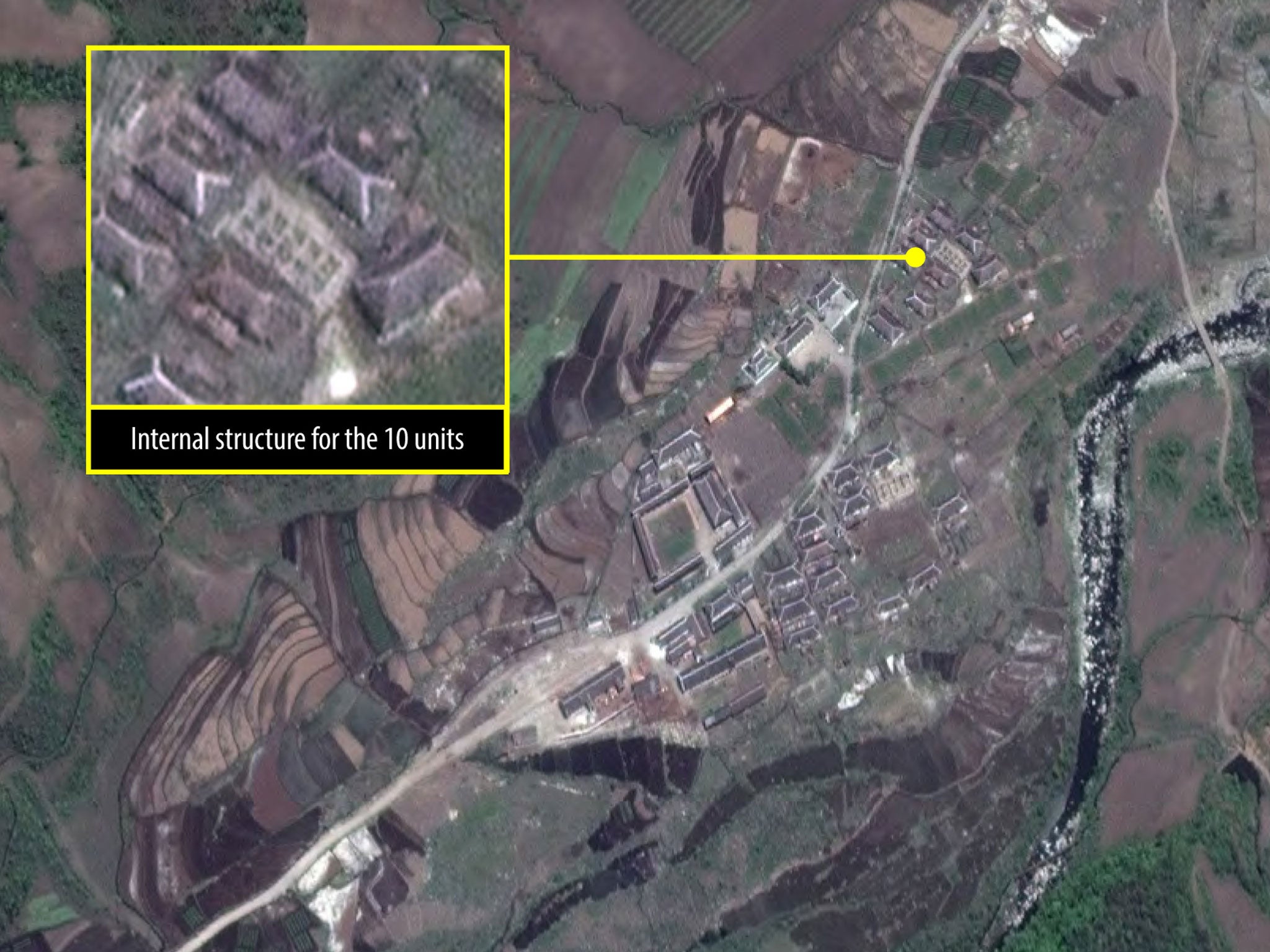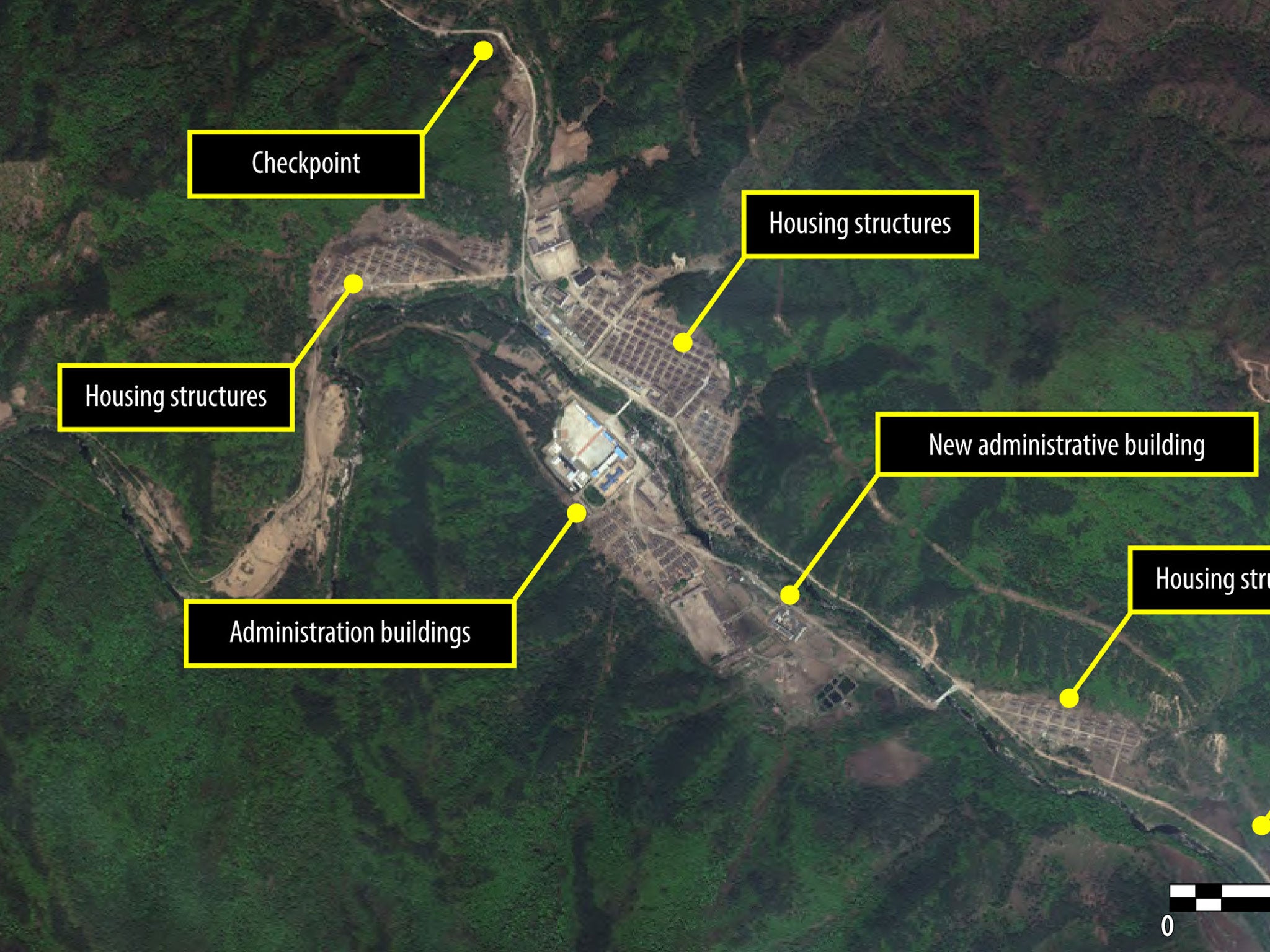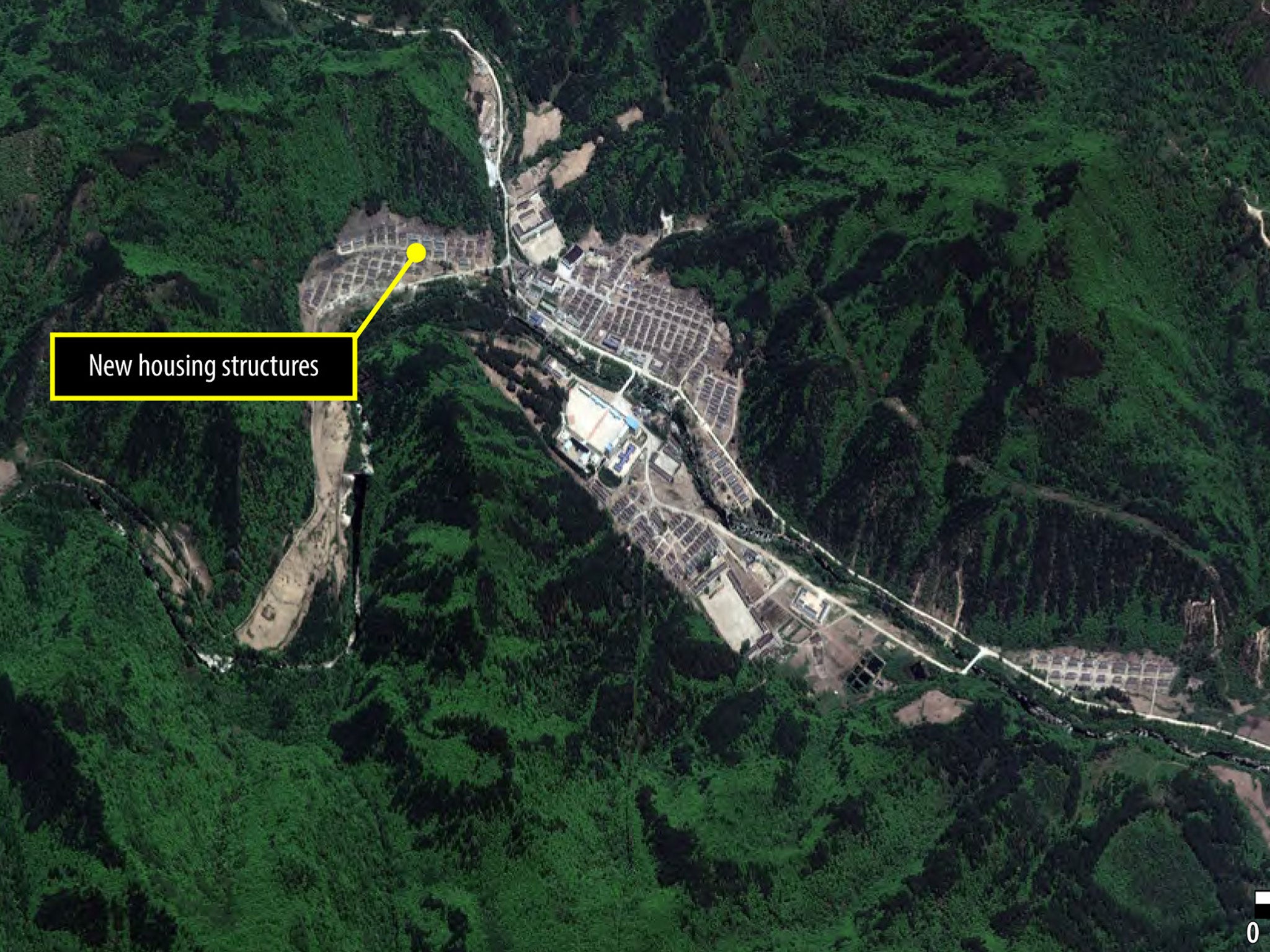‘Detainees are made to dig their own graves’: Former guard speaks out as satellite images show North Korean gulags are growing
Amnesty International report reveals female political prisoners are raped and then made to ‘disappear’

Your support helps us to tell the story
From reproductive rights to climate change to Big Tech, The Independent is on the ground when the story is developing. Whether it's investigating the financials of Elon Musk's pro-Trump PAC or producing our latest documentary, 'The A Word', which shines a light on the American women fighting for reproductive rights, we know how important it is to parse out the facts from the messaging.
At such a critical moment in US history, we need reporters on the ground. Your donation allows us to keep sending journalists to speak to both sides of the story.
The Independent is trusted by Americans across the entire political spectrum. And unlike many other quality news outlets, we choose not to lock Americans out of our reporting and analysis with paywalls. We believe quality journalism should be available to everyone, paid for by those who can afford it.
Your support makes all the difference.Satellite images have revealed that North Korea’s largest political prison camp is growing, according to a report from Amnesty International.
New housing blocks, security buildings and facilities for forced labour have sprung up in the two years analysed by the human rights organisation.
A former security official has also spoken out for the first time, telling activists how detainees are forced to dig their own graves and women are routinely raped and then “disappear”.
“The gruesome reality of North Korea’s continued investment in this vast network of repression has been exposed,” said Amnesty International’s Rajiv Narayan.
The North Korean government denies the existence of any gulags, despite various reports that hundreds of thousands of people, including children, are held across a number of detention facilities.
Former inmates and officials say detainees are made to do manual labour for 10 to 12 hours a day, allowed little sleep and kept on near-starvation rations.
Many are not charged with specific crimes, arrested instead on the basis of “guilt by association” because they know, or have family members who are, political dissidents.

Kwanliso 16, in the North Hamgyong province, is believed to be the largest political prison camp in the country. At 560km2, it is three times the size of the US capital Washington, DC, and in 2011 was estimated to hold 20,000 people.
The images released today, taken in May 2013, indicate an increase in Camp 16’s population with new housing blocks clearly visible. The pictures also showed further housing being built.

Significant economic activity - such as mining, logging and agriculture - is also clearly visible in the satellite images. They show an expansion of an industrial area within Camp 16.
Mr Lee, a former security official at Camp 16 in the 1980s until the mid-1990s, told Amnesty International of the methods used to execute prisoners. Detainees were forced to dig their own graves and were then killed with hammer blows to their necks, he said. He also witnessed prison officers strangling detainees and then beating them to death with wooden sticks.
According to Mr Lee, women were “disappeared” after being raped: “After a night of ‘servicing’ the officials, the women had to die because the secret could not get out. This happens at most of the political prison camps,” he said.
Though significantly smaller than 16, Camp 15 reportedly has a larger population of around 50,000. Satellite images show six new housing blocks have been built, though dozens seemed to have been demolished since 2011.
“We urge the authorities to immediately and unconditionally release all those prisoners of conscience held in political prison camps and close the camps immediately,” Mr Narayan said.
Amnesty International said it had shared its latest evidence with the UN Commission of Inquiry investigating human rights abuses in North Korea.
Join our commenting forum
Join thought-provoking conversations, follow other Independent readers and see their replies
Comments